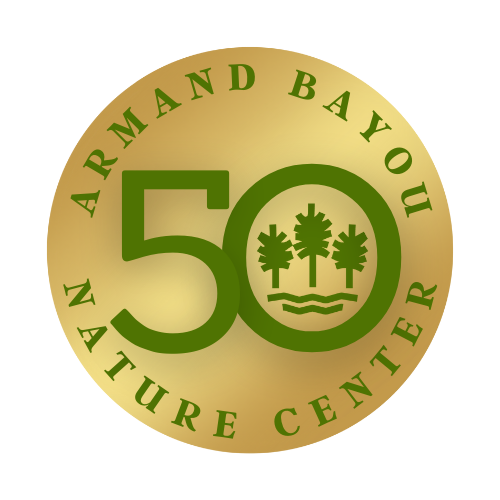Crawfish Conservation?
Written by Zoey Prevost
Crawfish in Water Photo by Stacy Holcomb
When you think of crawfish, the next word you think of is likely boil, not conservation. But did you know that, on top of providing us with food, crawfish help maintain biodiversity in their ecosystems? They are an important part of the food chain, eaten by many animals such as raccoons, fish, and herons. These larger animals depend on crawfish to survive, and are helped by Armand Bayou Nature Center’s bayou habitat preservation.
There are thirty-six species of crawfish (all of which can also be referred to as crayfish or crawdads) and only two of these species are eaten by humans. They live in two different categories of habitats. Borrowing crawfish live in the land and create borrows. These burrows are mud structures that look like chimneys above the land, and can reach up to six feet deep. The bottom of these burrows are filled with water, since crawfish breathe through gills and need to stay damp. During warm evenings and nights, these crawfish will emerge from their homes to forage for food on land. Many other crawfish species will simply live in bodies of water, both fresh and brackish.
Crawfish can live three to eight years if they avoid predators, though that is rare. Mother crawfish often lay hundreds of eggs at a time, which they protect by carrying them under their tails (called swimmerets). Crawfish are an indicator species. Since crawfish are sensitive to water pollution, their presence in a body of water indicates its cleanliness. The large population of crawfish at Armand Bayou Nature Center shows the success of our restoration and preservation programs. ABNC’s restoration and preservation work improves the quality of water in Galveston Bay, as well as mitigating flood risk, and providing nursery waters for several important sea life, including economically important blue crab, white shrimp, crawfish, and gulf menhaden.
Crawfish are a tasty treat for both people and animals and these shellfish serve an important role in indicating water quality. While they might not look like much, they are crucial to our ecosystem, biodiversity, and even the economy.
Crawfish on Boardwalk Photo by Stacy Holcomb
Crawfish on Boardwalk Photo by Stacy Holcomb



